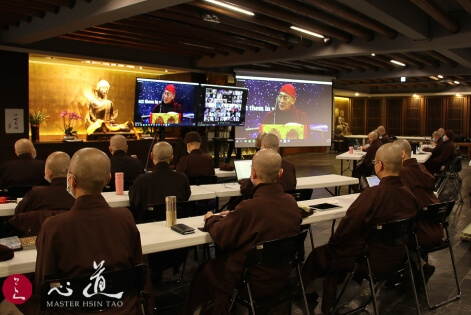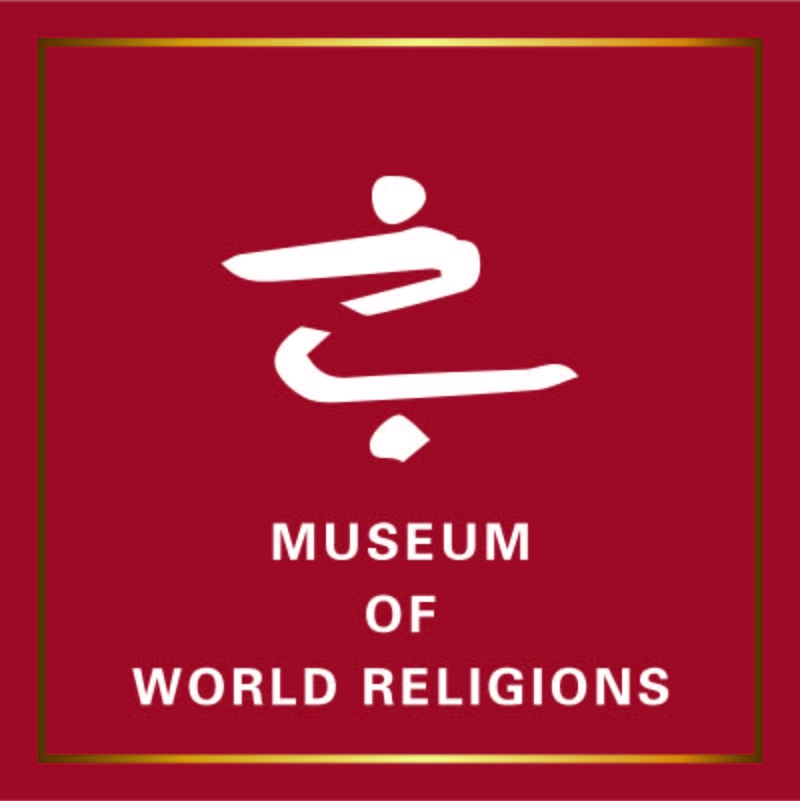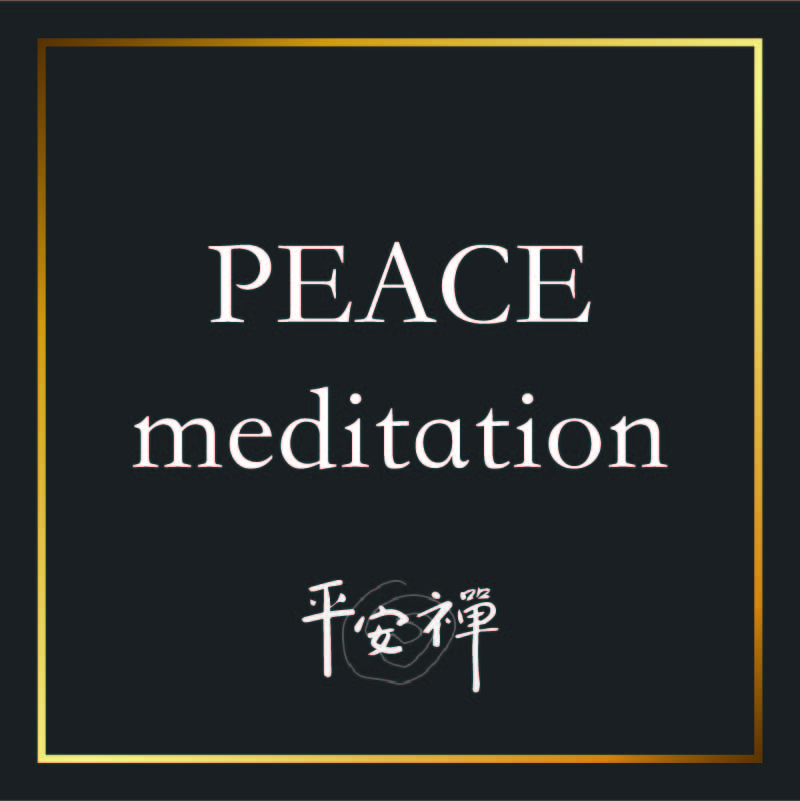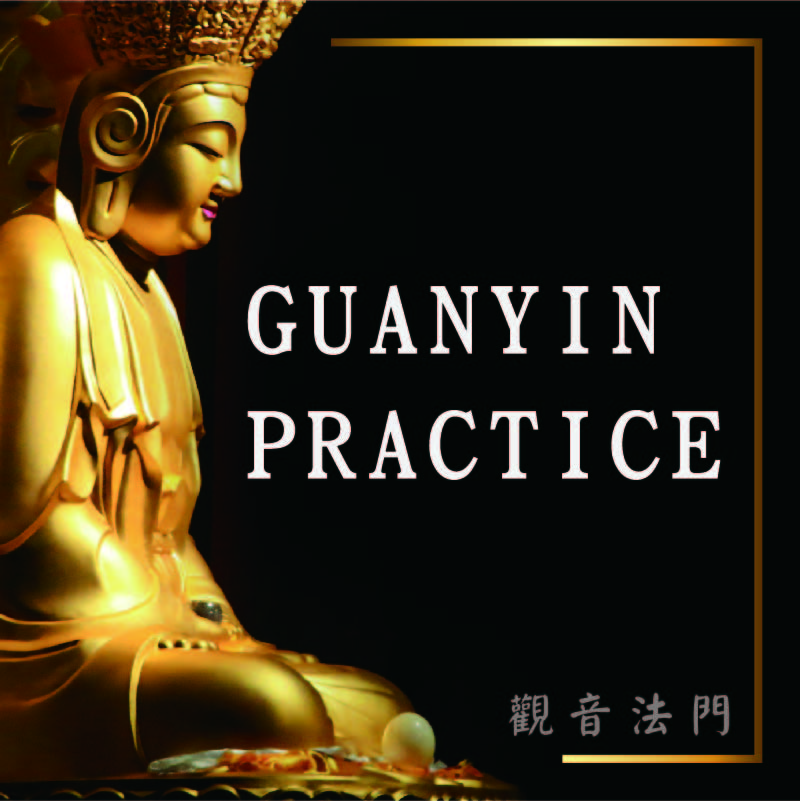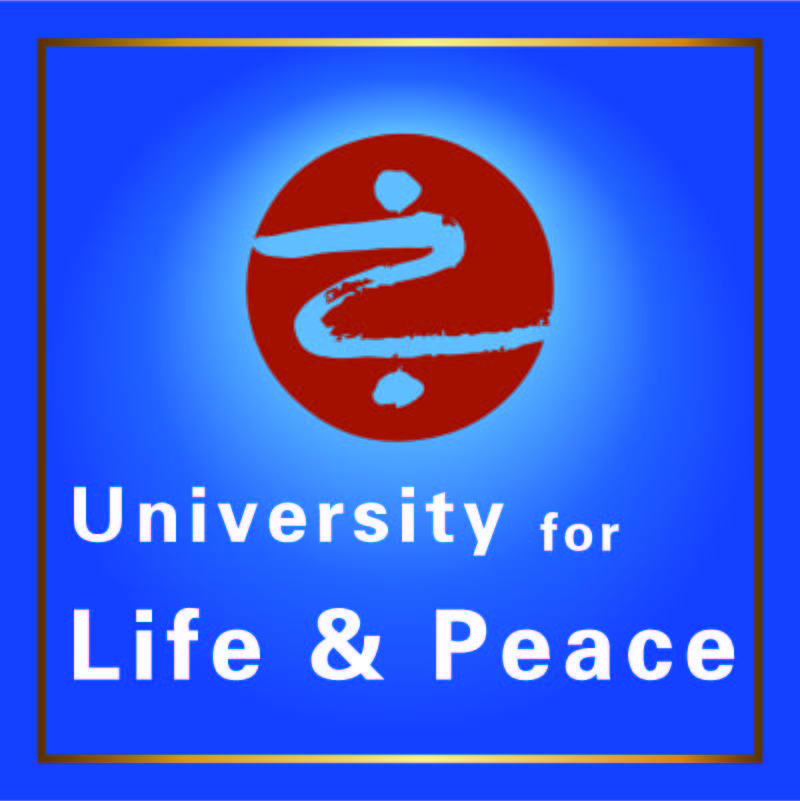
Loving Earth, Our Shared Mission
 The University for Life and Peace and its Earth-centered educational paradigm are designed to advocate interdependent diversity and peaceful cohabitation. Our objective transcends mere institutional establishment as it constitutes a love-Earth movement where the university functions primarily as an organizational framework and logistical support, designed to connect those who share our love for Earth, collectively advancing the vision of sustainability for Earth and human beings.
The University for Life and Peace and its Earth-centered educational paradigm are designed to advocate interdependent diversity and peaceful cohabitation. Our objective transcends mere institutional establishment as it constitutes a love-Earth movement where the university functions primarily as an organizational framework and logistical support, designed to connect those who share our love for Earth, collectively advancing the vision of sustainability for Earth and human beings.
The university emerges from the philosophical foundation of the Museum of World Religions of "respect, tolerance, and love." Respect is essential for religious harmony, while tolerance is the approach for interfaith engagement and the path for diverse interdependency. Without tolerance, even in the presence of respect, the result inevitably leads to irreconcilable coexistence. The shared mission of all religions is none other than love—specifically, love for Earth and humanity. This principle undergirds our endeavors in raising awareness about interdependent diversity and interconnectedness, that way, resolving conflicts. Subsequently, it enables everyone to contribute to the welfare of all lives. That's how interreligious efforts are interdependent to preclude conflict. This approach to peace-building must be informed by an ecological awareness and commitment to human sustainability.
Loving Earth is our shared mission and the starting point following the awakening to such awareness. Can we cultivate a universal consensus concerning our love for Earth? This necessitates an institution to train and nurture talent, educate the general public, and promote ecological consciousness. At the same time, we must establish academic partnerships to engage scholars and intellectual leaders to train Earth-loving advocates. The aforementioned concerns contribute to our rationale for founding the University for Life and Peace. Moreover, the university can conduct research on maintaining ecological balance when working through environmental degradation and propagate evidence-based solutions. Therefore, the University for Life and Peace assumes critical importance. Ideally, each academic program will contribute to planetary well-being, advocate for Earth, promote ecological consciousness, and oppose warfare and excessive consumerism.
 Warfare and consumerism impose contemporary planetary challenges of grave magnitude. Given the limited resources of Earth, we must cultivate environmental stewardship to moderate consumption and embrace a lifestyle of simplicity. Earth is a living entity dependent on intricate conditions to maintain its functionality. Without these conditions, it cannot sustain itself. The ecosystem requires integrity where the soil functions as its skin layer, minerals as its skeletal structure, and water as its developmental nourishment. We must preserve these systems and their functionality. Disruption of Earth's systems will undermine its capacity to generate life-sustaining resources. Within the university context, we must identify and substantiate this knowledge, cultivating universal understanding that planetary existence precedes human existence.
Warfare and consumerism impose contemporary planetary challenges of grave magnitude. Given the limited resources of Earth, we must cultivate environmental stewardship to moderate consumption and embrace a lifestyle of simplicity. Earth is a living entity dependent on intricate conditions to maintain its functionality. Without these conditions, it cannot sustain itself. The ecosystem requires integrity where the soil functions as its skin layer, minerals as its skeletal structure, and water as its developmental nourishment. We must preserve these systems and their functionality. Disruption of Earth's systems will undermine its capacity to generate life-sustaining resources. Within the university context, we must identify and substantiate this knowledge, cultivating universal understanding that planetary existence precedes human existence.
We must conceptualize the vitality and health from a life-affirming perspective, thereby ensuring continued access to vital resources. For far too long, we lacked environmental awareness and fundamental knowledge regarding planetary stewardship. Recent decades have witnessed increased environmental consciousness and prioritization, yet these remain insufficient for planetary restoration. Consequently, we require dedicated research institutions to investigate these issues, providing empirical evidence and developing implementable solutions. The University for Life and Peace represents a love-Earth movement requiring universal participation and engagement. Only through this conceptual framework can planetary salvation be achieved. Earth functions analogously to biological organisms; when compromised, it initiates self-restorative processes, yet beyond certain thresholds, it may initiate civilizational reset mechanisms. This urgency underscores the imperative for swift university establishment.
 Why situate this university in Myanmar? It is a country of multiethnicity prone to turbulent conflicts. By founding the University for Life and Peace right here gives it a distinctive significance. By gathering different faiths, ethnic groups, and social segments to collaborate for the welfare of Earth can diminish their hostility and transform the world.
Why situate this university in Myanmar? It is a country of multiethnicity prone to turbulent conflicts. By founding the University for Life and Peace right here gives it a distinctive significance. By gathering different faiths, ethnic groups, and social segments to collaborate for the welfare of Earth can diminish their hostility and transform the world.
The University for Life and Peace also serves as a center for multidisciplinary learning. We will approach our work through social, technological, and religious perspectives, seeking harmony for Earth. We can identify common, harmonious elements within Buddhism, Christianity, Islam, and various religious traditions—this is also an aspect of the university's mission. Essentially, we aspire to advance human welfare. We must act quickly rather than postponing. Ideally, we would assemble collaborative teams, replicating the project development of the Museum of World Religions where collective intelligence gradually converged toward optimal outcomes.




